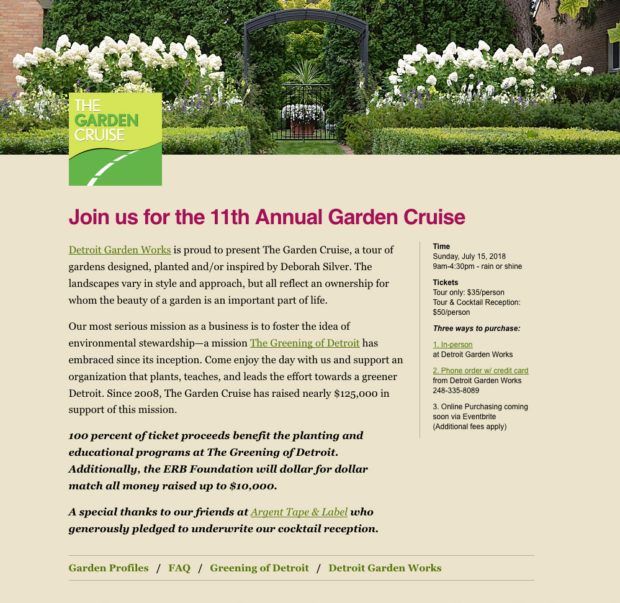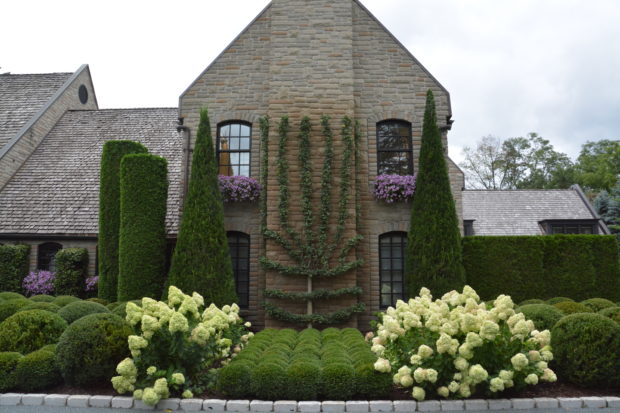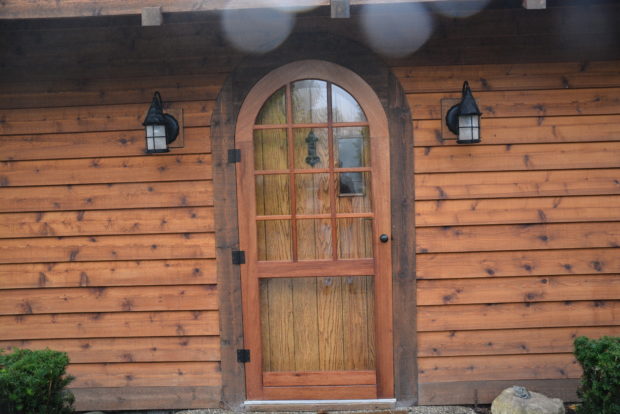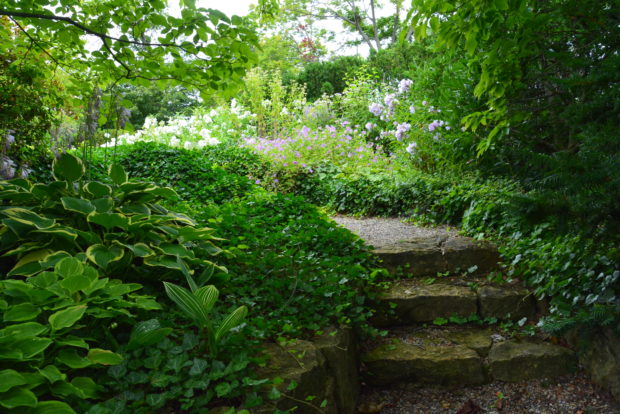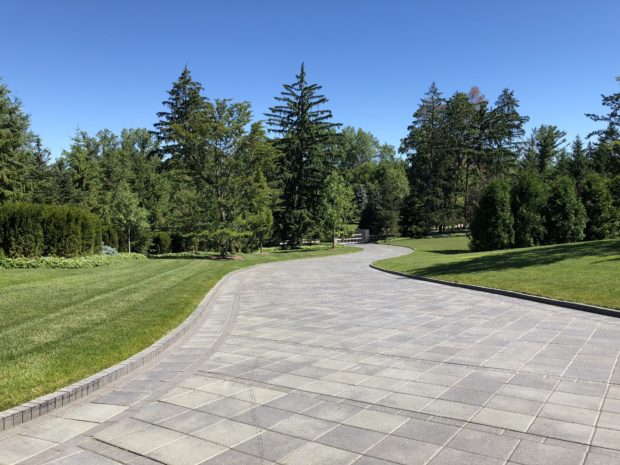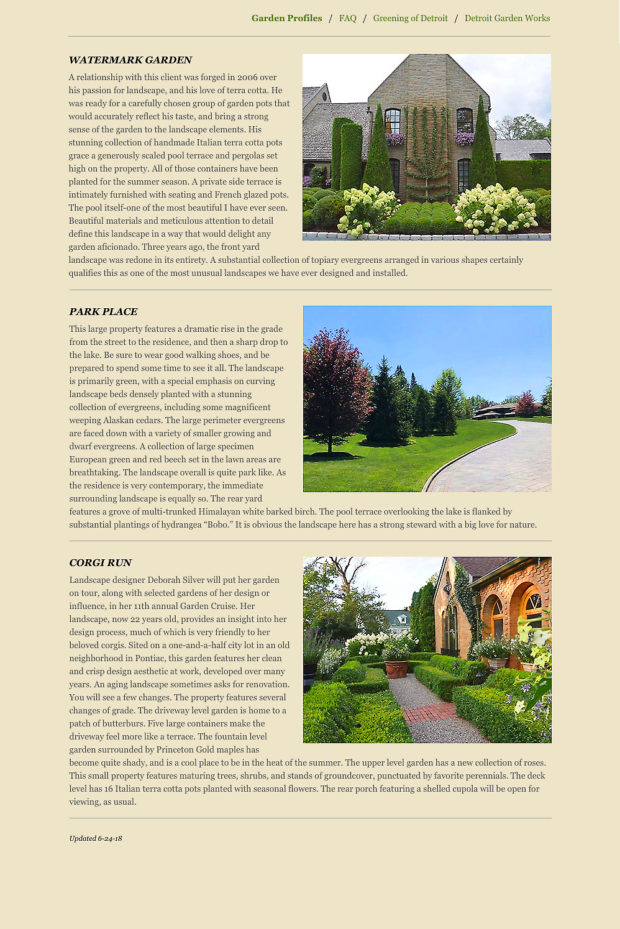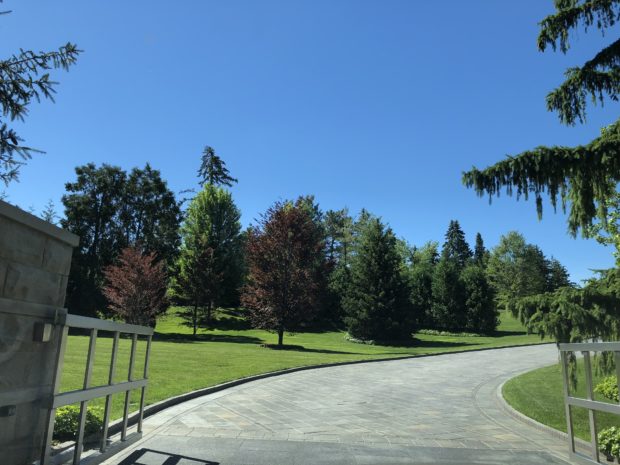I am sure I have read countless articles entitled “Cheap and Chic”-as if cheap and chic were truly a believable or desirable place to be. I favor cheap if it doesn’t look and act cheap-no further explanation is necessary here. A vast planting of hellebores looks fancy, whether it came from seed, or from giant one gallon pots. As for chic-not the focus of any gardener. Those magazine pages picturing gardeners is spotless clothes and shoes are about something other than gardening. Great design has nothing to do with cost. It is the doing that costs. An extensive landscape project with mature plant material installed all at once-expect to spend lots. Make it a life’s work-expect to spend lots of your time, effort and energy. The urn pictured above with bamboo stakes glued around a circular form-cheap and chic. Meaning properly proportioned. Scaled correctly for the space. A garden urn and pedestal indoors? Filled with what looks like 200 varnished natural bamboo stakes? Satisfyingly stylish, with a dash of the unexpected. A fireplace full of candles collected over time? Collections beautifully or unusually displayed make a strong visual impression. The fireplace strung with a pair of mirror garlands-chic in the fashion sense of the word. The metal angel hair draped over the fountain looks sumptuous as it is too far away for close inspection. Up close, you would know it was cheap.
Available everywhere, even in your own drawer or shed, are objects whose shape is as interesting as their use. Vintage augurs rusty from disuse are available for a song. Strung with lights, and hung from a tree branch-amazingly dressy.
One of the holiday season’s most recognizable decorations-giant rayon weatherproof bows. The ribbon has one finished faux felt side. The backside is most definitely the back side. They are usually made by a bow making machine that keeps the finished side out, and the back side hidden from view. The bright red version is common on wreaths, garlands, and car bumpers and lampposts this time of year. The wine red version-I thought it had possibilities.
The cloud of red curly willow in the pots in the front of the shop is remarkable given the natural shape and contours of the branches. The cinnamon orange color-rich and vibrant as only natural color can be. Yes, the sticks are cheap. They are especially cheap if you grow your own. Grow your own, create your own, repurpose and reimagine what you already own-what you spend in doing such is the most satisfying way to spend.
The wine red rayon bows take on an entirely different feeling paired with the willow. This color takes on a jewel like look, in relationship to the color of the willow. A 5.00 machine made cheap bow transformed a winter look into a very dressy holiday look.
Dark and intense color is rich looking, no matter the material you use to achieve it. I am not a bow maker, but who needs to know that? I sure can glue loops onto a cardboard backing. And I can glue loops big enough to disguise the emergency light installed dead center to the front door.
Simple is always cheap. The time you spend second guessing an idea, or revising, or agonizing over what to do can be an expensive outlay of time. Trusting your first instinct about what to do-much cheaper. An idea simply expressed is cheaper-less costs less. A simple idea repeated until is makes a strong visual impact-chic. My clients who envision 100 boxwoods in pots for their landscape-not cheap, but how chic!
For gardeners in my zone, a little lighting outdoors can be stunning. The snowy weather comes free of charge.
How do other members of our Garden Designer’s Roundtable see cheap and chic? You are free to read. Sharing is chic.
Lesley Hegarty & Robert Webber : Hegarty Webber Partnership : Bristol, UK
Susan Cohan : Miss Rumphius’ Rules : Chatham, NJ
Andrew Keys : Garden Smackdown : Boston, MA
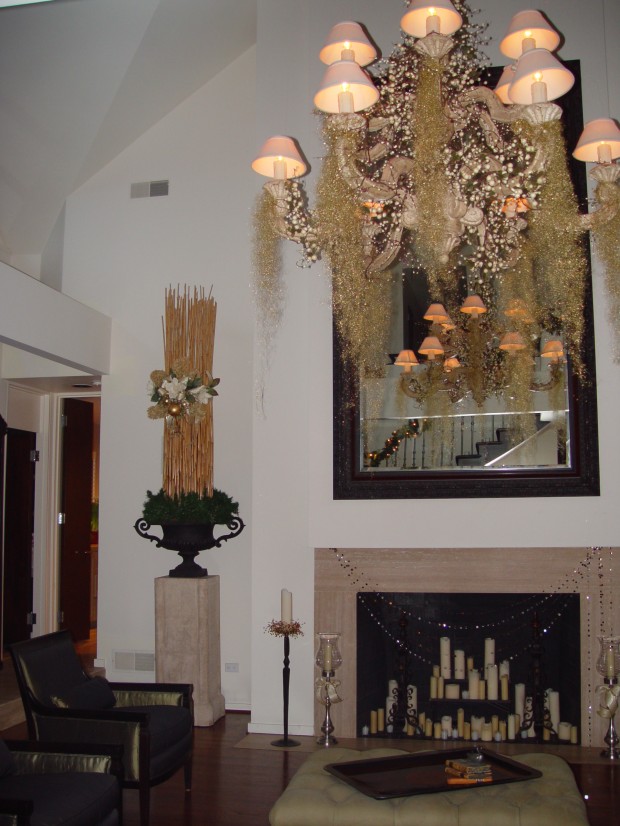
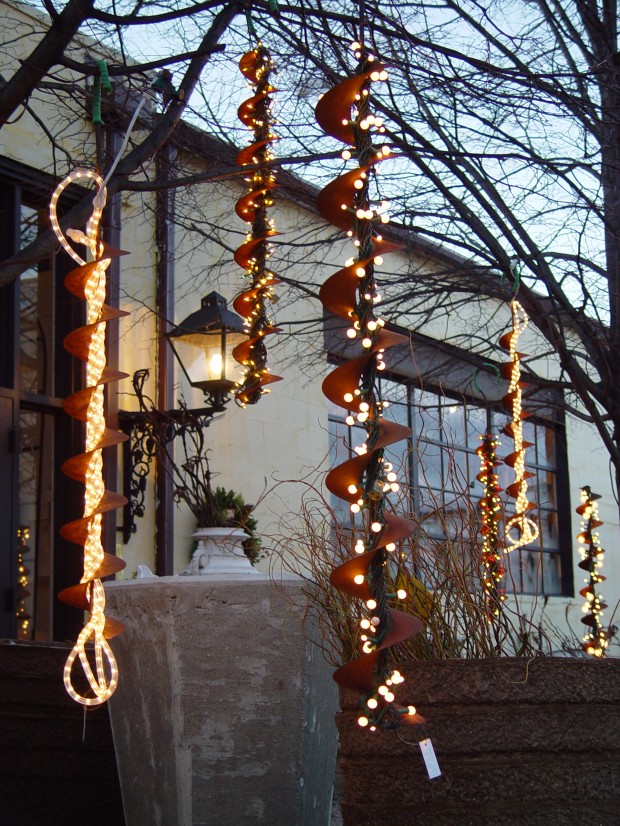
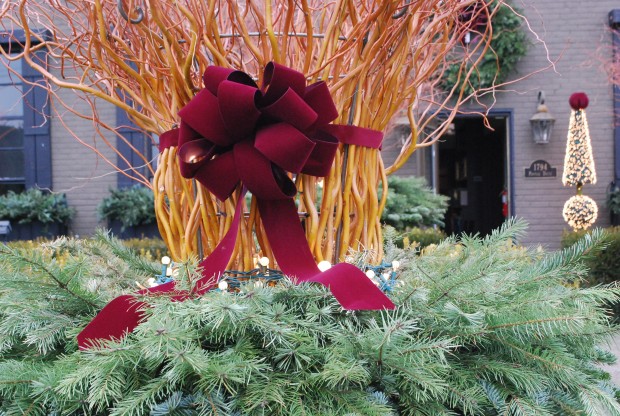
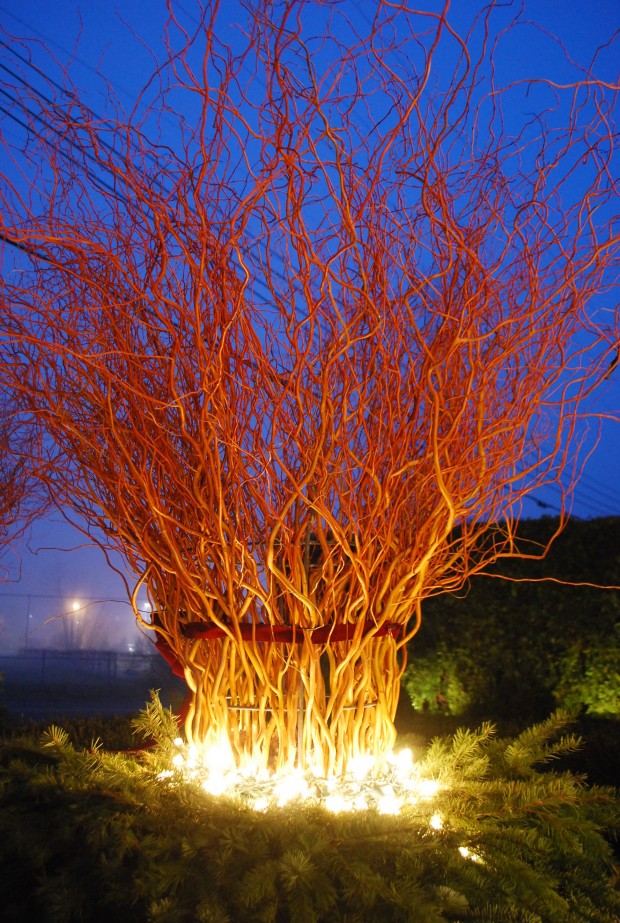
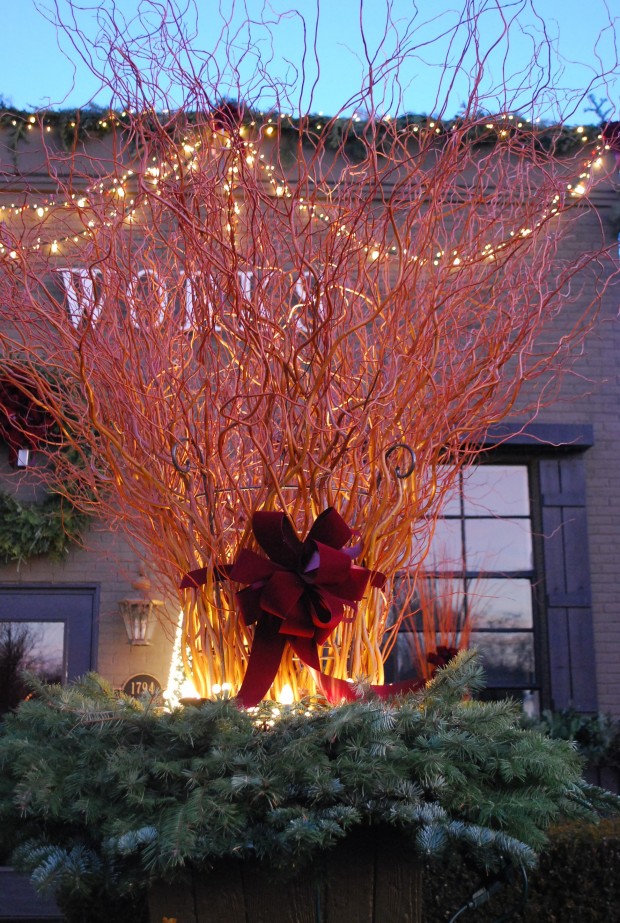

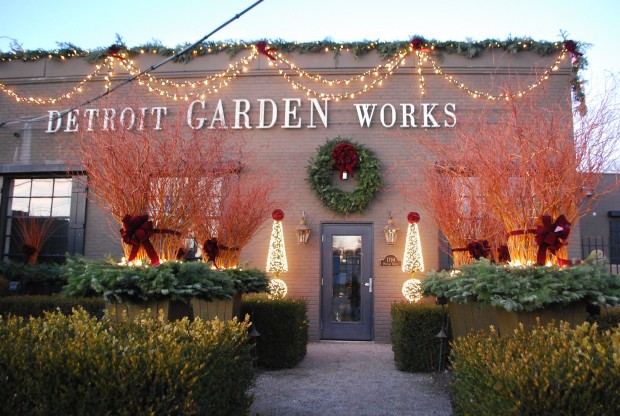

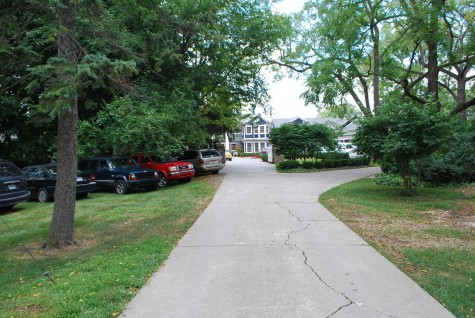
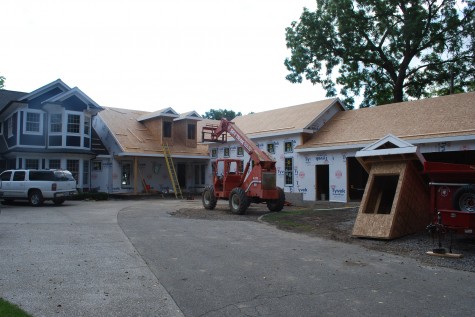

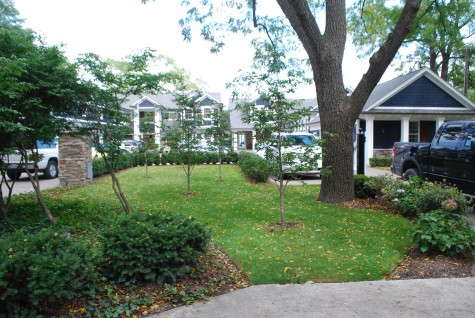
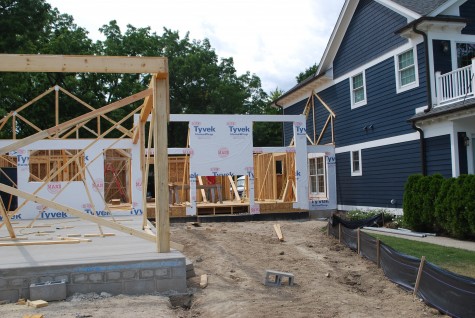




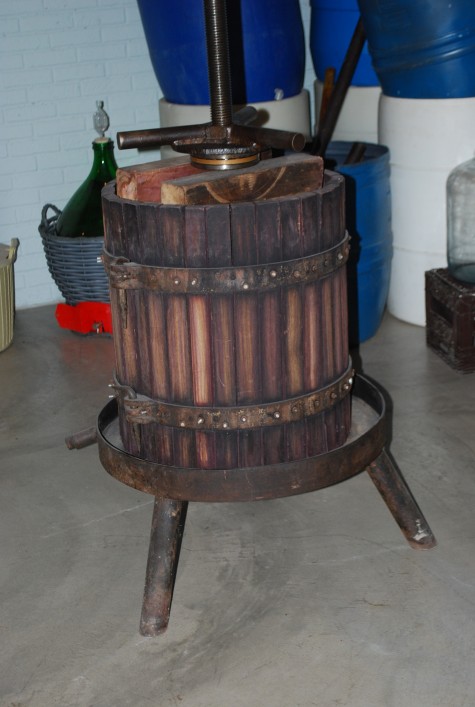
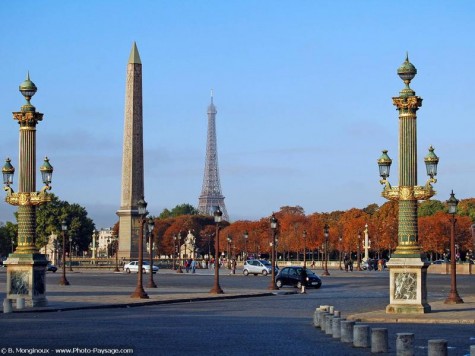
![eiffel_tower_paris[1].jpg](https://deborahsilver.com/wp-content/uploads/2012/01/eiffel_tower_paris1-475x317.jpg)
![Pair of 5 Foot Garden Obelisks[1].jpg](https://deborahsilver.com/wp-content/uploads/2012/01/Pair-of-5-Foot-Garden-Obelisks1-475x475.jpg)
![kamelot-lot-26 obelisks[1].jpg](https://deborahsilver.com/wp-content/uploads/2012/01/kamelot-lot-26-obelisks1.jpg)
![OB33[1].jpg](https://deborahsilver.com/wp-content/uploads/2012/01/OB331-475x491.jpg)

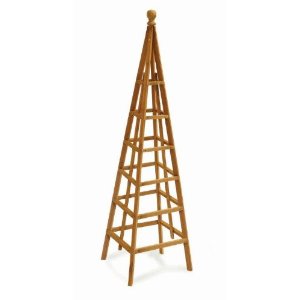
![obelisk_in_community_garden1[1].jpg](https://deborahsilver.com/wp-content/uploads/2012/01/obelisk_in_community_garden11.jpg)



